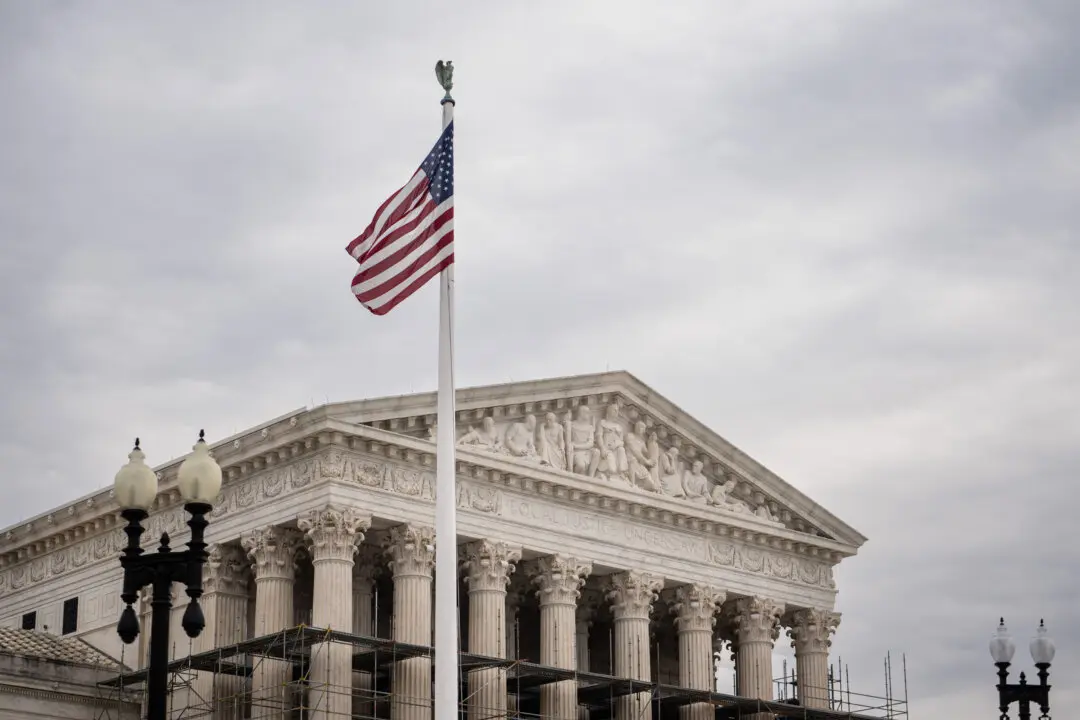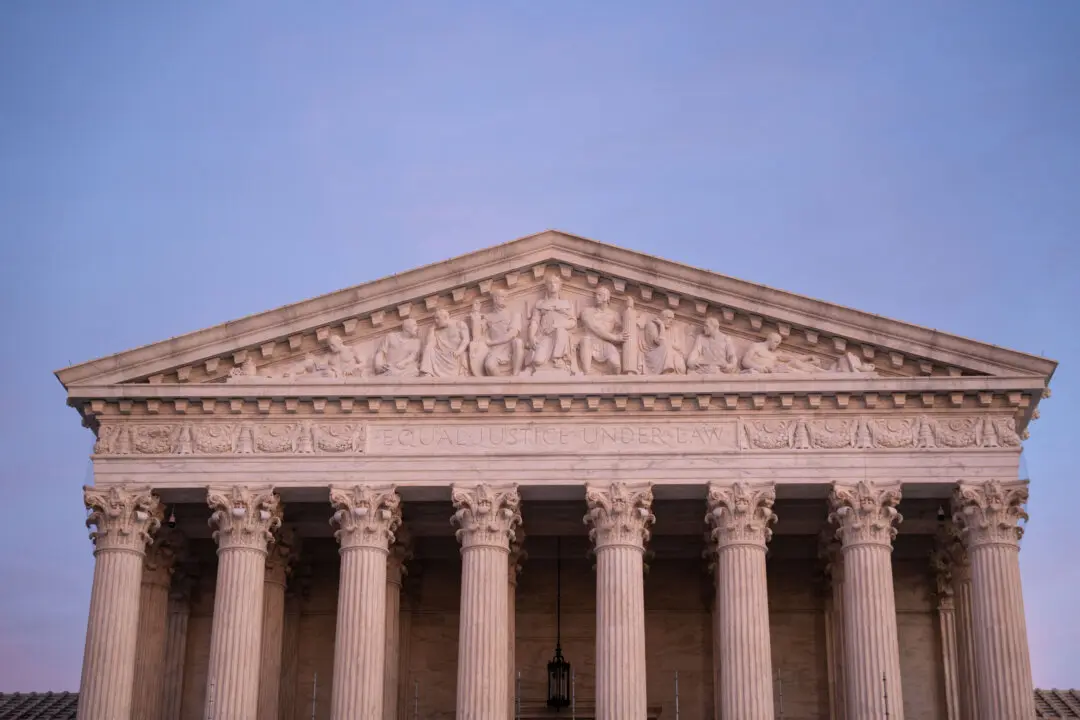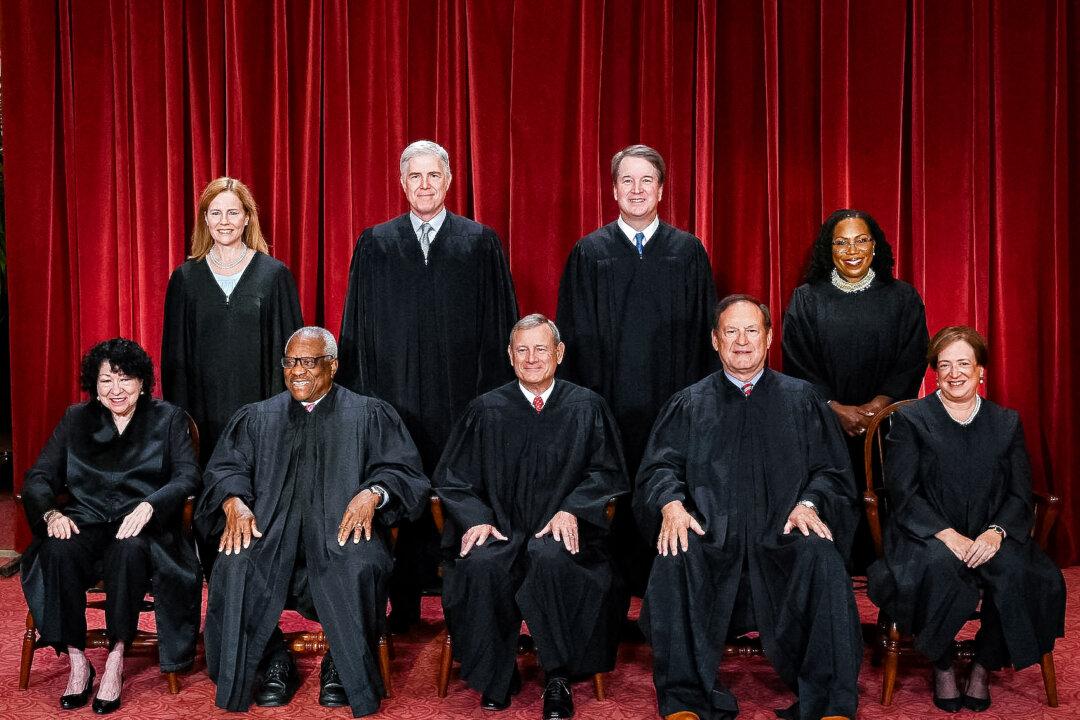In a case with ramifications for the so-called administrative state, the Supreme Court considered Dec. 9 whether the structure of the Federal Housing Finance Agency is unconstitutional because Congress forbids the president from firing at will the person running it.
The case is potentially important because a decision finding the internal organization of the Federal Housing Finance Agency (FHFA) unconstitutional would trace out limits on the authority of administrative agencies created by Congress. Such a decision might also invalidate some actions the agency has taken.




